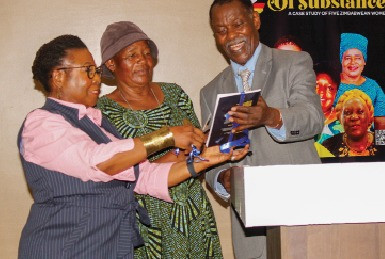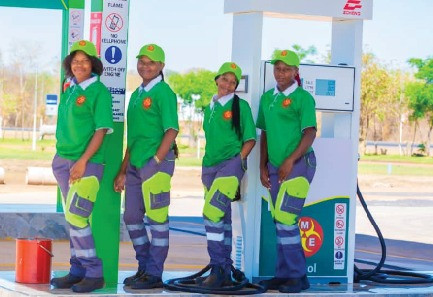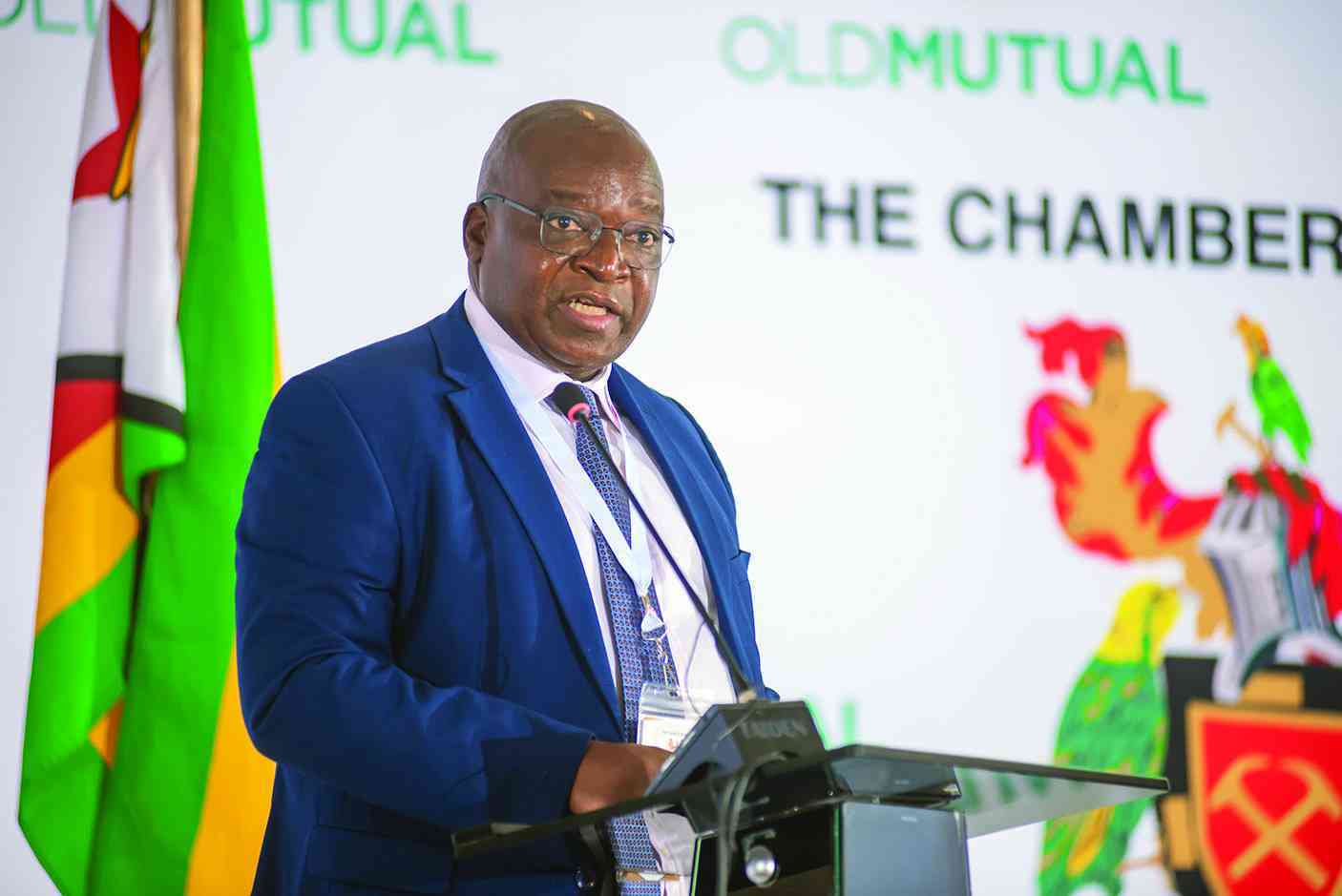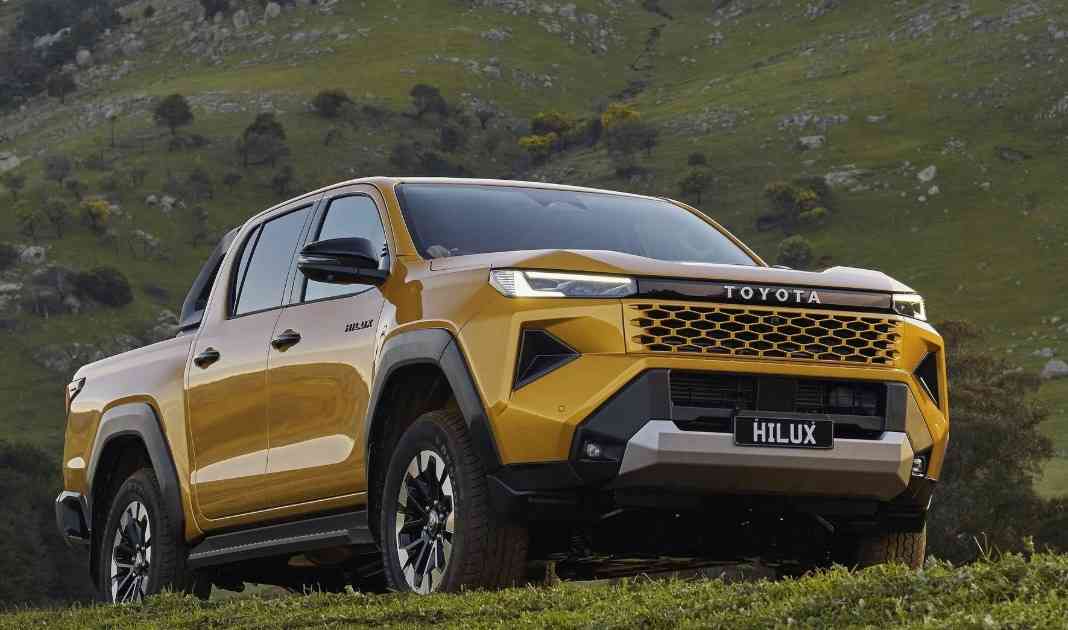
Toyota Hilux, the global symbol of durability and toughness, was officially unveiled in its ninth-generation form on November 10, in Bangkok, Thailand.
The highly anticipated world premiere, hosted by Toyota Motor Thailand, confirmed major updates to the legendary pickup, including a completely redesigned exterior and significant powertrain advancements.
The launch event debuted the brand's commitment to electrification in its pickup segment by showcasing the first-ever fully electric Hilux, alongside an upgraded mild-hybrid diesel variant.
Exterior and interior design
The new Hilux introduces a bold, future-focused design philosophy, described by Toyota as "Digital Sumo," emphasising a powerful and assertive stance while retaining its iconic boxy silhouette.
The exterior features a completely restyled front design, dominated by a new honeycomb grille and sleek, angular LED headlights.
This generation drops the traditional Toyota logo on the grille in favour of bold 'TOYOTA' lettering stamped across a horizontal bar.
Practical changes include a small integrated step into the rear bumper corner to improve access to the cargo bed, and the adoption of electric power steering (EPS) for enhanced driver precision and reduced kickback on rough terrain.
- Chombo’s trial date moved
- An unusual lifesaver for sex workers
- Zimbo nabbed in SA driving a stolen truck
- 2 car smugglers in the dock
Keep Reading
The cabin sees arguably the most comprehensive overhaul, significantly elevating the truck's comfort and technology to compete with modern rivals.
The dashboard features a clean, horizontal design that enhances the sense of space. High-specification models feature a large 12.3-inch floating infotainment touchscreen and a corresponding 12.3-inch digital instrument cluster, bringing the Hilux in line with Toyota's latest SUV offerings like the Land Cruiser Prado.
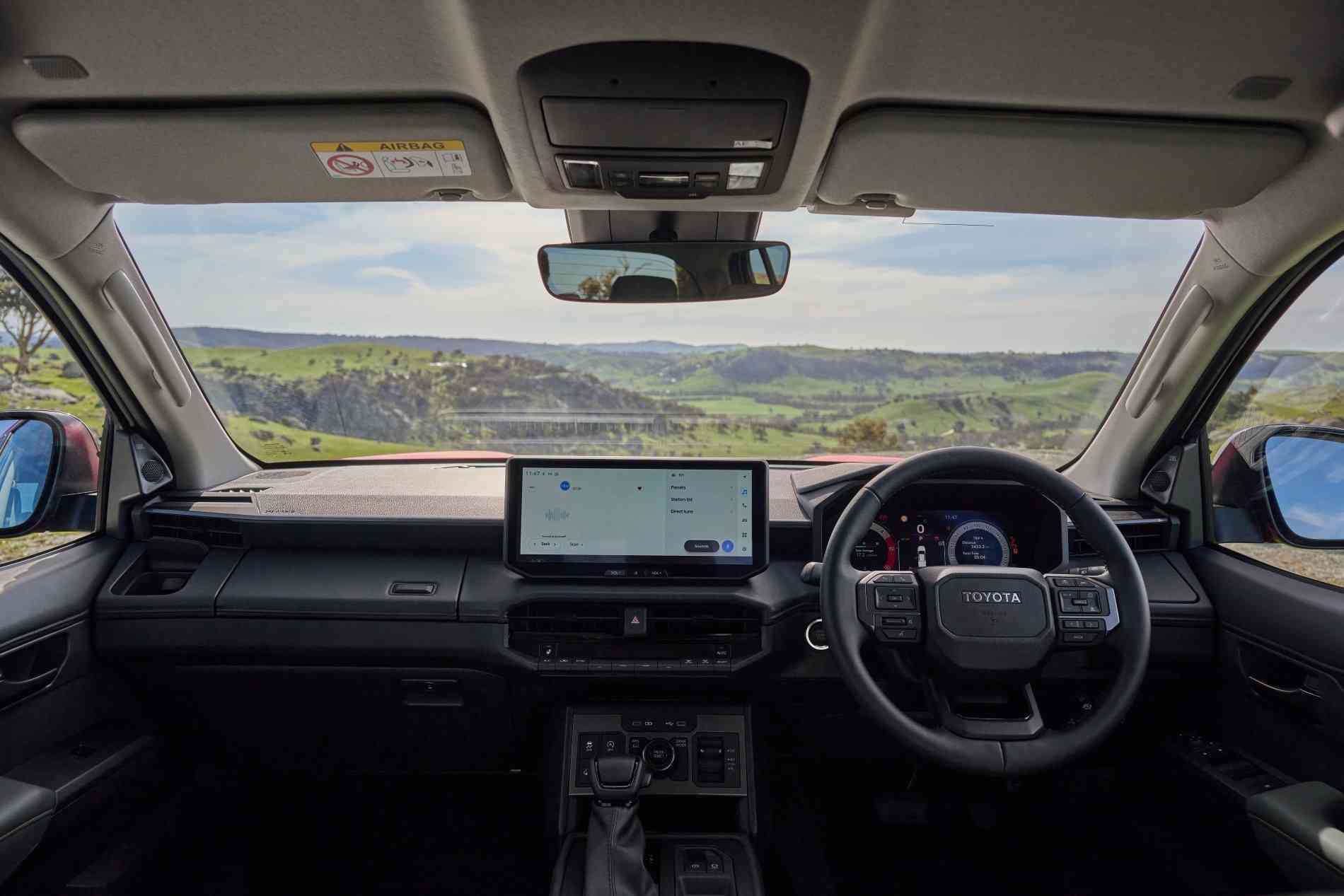
The interior layout integrates a new layered dashboard, a chunky three-spoke multifunction steering wheel, and an electronic parking brake with auto-hold function, moving the workhorse into a more premium, connected space.
Powertrain specifications
In a major strategic shift, the ninth-generation Hilux offers the broadest powertrain line-up in its history, embracing Toyota's multi-pathway approach to electrification:
Mild-Hybrid Diesel (48V): The volume seller will be the familiar 2.8-litre turbo-diesel engine, now paired with a 48V mild-hybrid system.
Battery Electric Vehicle (BEV): Making its debut is the fully electric Hilux, featuring a lithium-ion battery and front and rear eAxles for permanent all-wheel drive.
While payload and towing capacities are slightly reduced compared to the diesel, the BEV model offers a driving range of approximately 240 km and a robust off-road setup that includes a Multi-Terrain Select system.
Future powertrains: Toyota also confirmed that a Hydrogen Fuel Cell Electric Vehicle (FCEV) variant is scheduled for production in 2028.
The overall launch signalled that the Hilux remains committed to its core principles of durability while finally receiving the necessary technological and electric upgrades to secure its market dominance into the next decade.
While the global launch emphasised the high-tech mild-hybrid and electric versions, the specification for the core African market is expected to focus heavily on proven reliability. The workhorse segment in Africa will likely continue to rely on the established 2.8-litre turbo-diesel engine (known as the 1GD-FTV), maintaining its robust 150 kW and 500 Nm outputs.
Unlike in Europe, African markets are projected to retain the outgoing 2.4-litre turbo-diesel engine and possibly a naturally aspirated petrol engine in the lower-spec, fleet-oriented models, prioritising cost-effectiveness and simpler maintenance.
Crucially, while the electric model was unveiled, its initial rollout will be limited to select markets; the African region will see the mild-hybrid 48V system phased in slowly, maintaining the six-speed manual and automatic transmissions for their reputation of endurance.
High-spec African variants will receive the interior technology upgrades (like the 12.3-inch screens and electric power steering), but the core mechanics are tuned specifically for the continent's demanding load-carrying and off-road conditions.
Specifications
Engine: 2.8L turbo-diesel / 2.8L Mild Hybrid
Power: 150kW
Torque: 500Nm
Transmission: 6-speed automatic / 6-speed manual
Drivetrain: Rear-wheel drive / part-time four-wheel Drive

